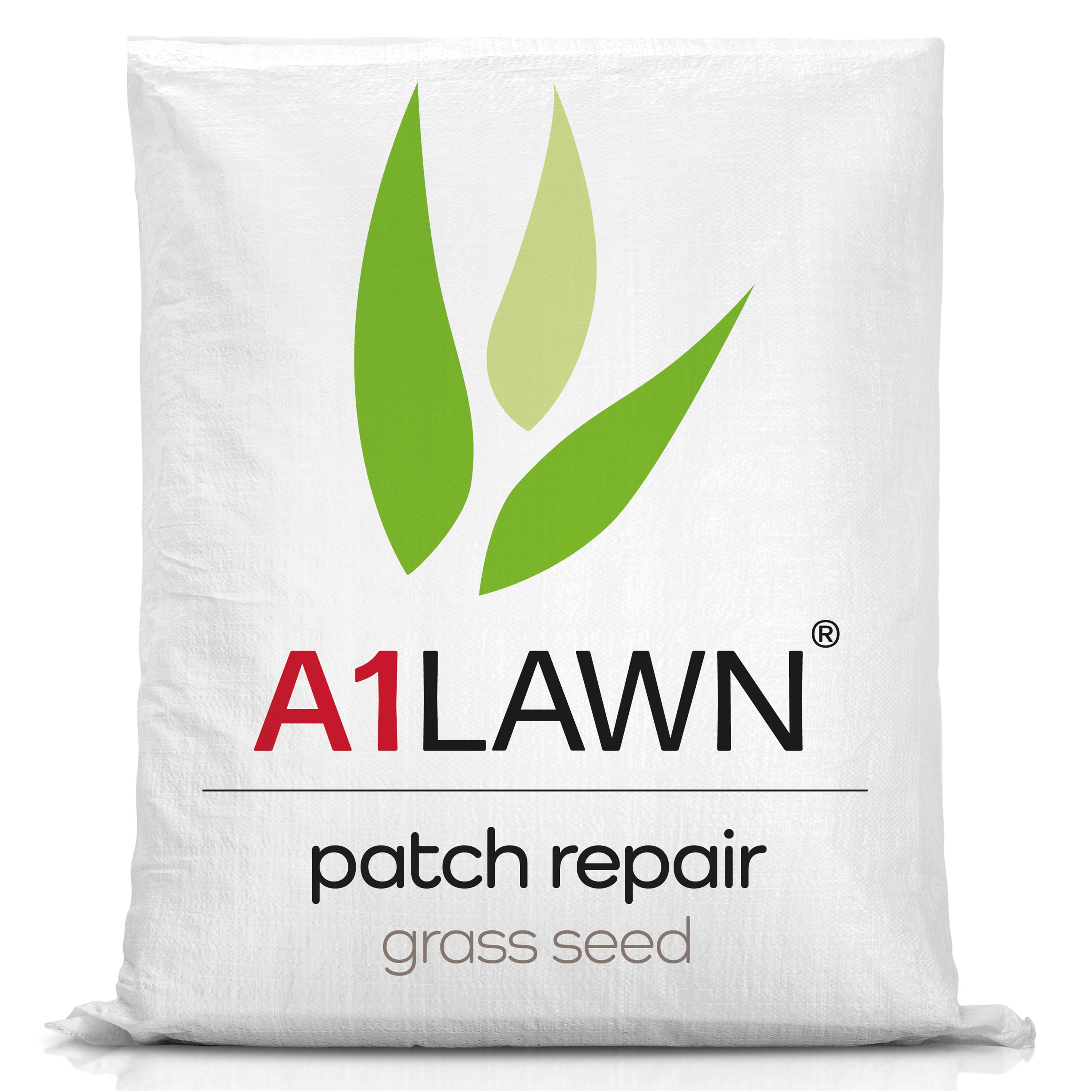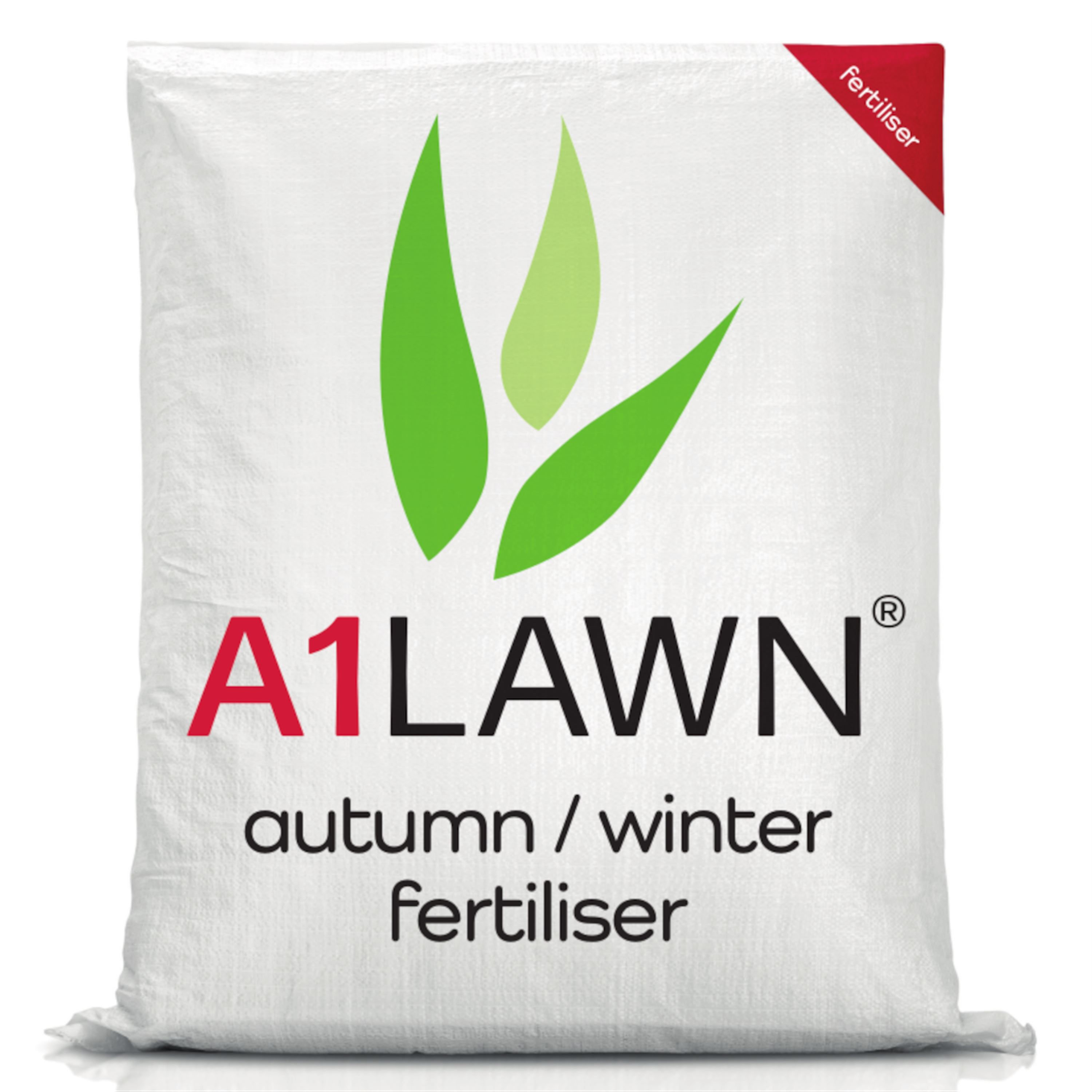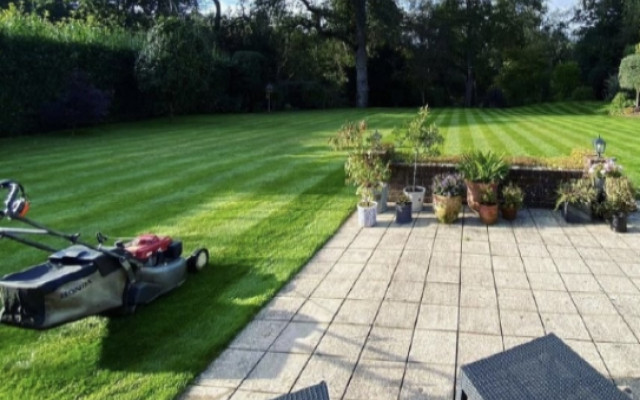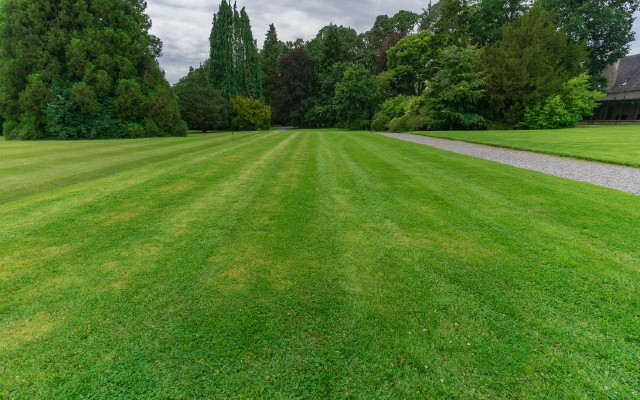How to Scarify Your Lawn
Scarifying is one of the most important tasks for a healthy lawn, but many gardeners either skip it or aren’t quite sure how to do it properly. Here’s what scarifying is, why it matters and how to do it effectively.
What Is Scarifying?
Scarifying is the process of raking out the layer of thatch (dead grass, moss and debris) that builds up between the soil and the green grass shoots. Too much thatch can block water, nutrients and air from reaching the roots, and it’s a common cause of spongy, poor-quality lawns.
When to Scarify Your Lawn
You should aim to scarify your lawn in early spring (March–April) or early autumn (September), once or twice a year is ideal.
Avoid scarifying during drought or heatwaves – this puts too much stress on the grass. If you have a new lawn, avoid scarifying for at least a year so you don’t damage the new turf.
What You'll Need
- A garden rake (manual option) or a powered scarifier
- A grass seed mix for overseeding afterwards (such as our Patch Repair Grass Seed or Multi Purpose Grass Seed)
- A quality lawn feed (e.g. our Spring Summer Fertiliser or Autumn Winter Fertiliser, depending on the time of year)
Step-by-Step: How to Scarify
- Mow the lawn short before you start.
- Scarify in straight lines using your rake or machine – remove as much moss and thatch as you can.
- Rake up any debris or loose thatch. By now, your lawn might look a little untidy, but that’s completely normal and part of the process.
- Overseed any bare or thinned areas.
- Feed the lawn to support recovery, making sure the lawn gets plenty of water after feeding. To choose the right feed, read our What Fertilisers Can Do for Your Lawn guide.
For more help fixing patchy areas after scarifying, read our How To Patch Repair Or Thicken Your Lawn guide.
Need More Help?
If you are looking to sow new seed, feed your lawn or want any additional advice, please browse our handy guides section or get in touch with our friendly team of experts. We are more than happy to provide as much information as you need to achieve your lawn goals. You can contact us by phone on 0800 4118141 or by email at sales@a1lawn.co.uk.







